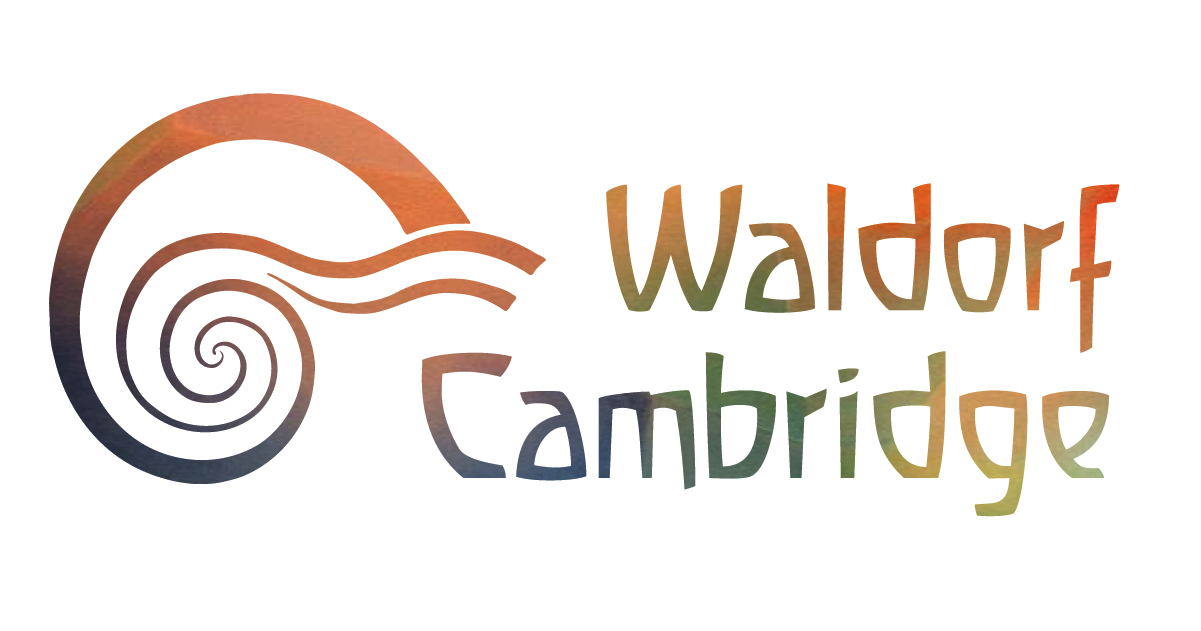Modern Foreign Language
Introduction
Learning another language from the age of six onwards has been an important aspect of Waldorf education since its inception. In an age in which interpersonal and multi-cultural understanding is vital, becoming fluent in a language is not only pragmatically useful but enables us to encounter the other in a very different way no matter what language they speak. Waldorf education works on the assumption that there is a universal dimension of human experience that is non-linguistic,
that ultimately enables us to understand each other, because we share a basic humanity, whether we are economic migrants seeking a livelihood, refugees fleeing conflict, the barista in a bar we visit on holiday, a business partner or a film maker from another part of the world. Learning a language offers pupils the opportunity to experience the world and our common humanity not just from a single, mono-cultural perspective but from two perspectives. Learning other
languages expands our view of the world and counters. It opens us to other cultural perspectives, makes us more rounded persons, more capable of appreciating complexity. Even when translation software makes communication possible without learning the language, this expansion of perspective and rich insight through other languages will still be a vital skill in appreciating difference.
Just as the home language establishes a rich basis of orality for the subsequent development of literacy, so too does second language acquisition in Waldorf schools. The children ideally learn another language from class 1 onwards in regular lessons in which the children are engaged in classroom activities they enjoy and are familiar with, all conducted in the target language. Translation is unnecessary because we all understand what is going on. This warm, friendly, enjoyable immersion enables children to understand and learn to speak the language in context through participation in the activities. Pupils become relatively fluent in conversational language and can talk about their lives and activities using sentences that express a variety of times (past, present, future) and with a range of vocabulary that covers many of the things and activities they are familiar with. Then, usually after three years of orality, they are introduced to literacy in the target language, using authentic texts and material. By class 8 they will have attained a basic fluency and accuracy in the target language, so that in the upper school, the focus shifts from learning the language to using the language to explore the literature, film, history and cultures of those countries in whatever language is learned.
Modern Foreign Languages: Purpose of Study
Learning a foreign language is a liberation from insularity and provides an opening to other cultures. A high-quality language education should foster pupils’ curiosity and deepen their understanding of the world and other cultures. The teaching should enable pupils to express their ideas and thoughts in another language and to understand and respond to its speakers, both in speech and in writing. It should also provide opportunities for them to communicate for practical
purposes, learn new ways of thinking, read a range of literature and understand and appreciate other media in the original language. Language teaching should provide the foundation for learning further languages, equipping pupils to study and work in other countries.
Modern foreign languages: Aims
- Understand and respond to spoken and written language from a variety of authentic sources
- Speak with increasing confidence, fluency and spontaneity, finding ways of communicating what they want to say, including through discussion and asking questions, and continually improving the accuracy of their pronunciation and intonation
- Can write at varying length, for different purposes and audiences, using the variety of grammatical structures that they have learnt
- Discover and develop an appreciation of a range of writing in the language studied
- Develop an interest in and an understanding of cultures in which the language being studied are spoken
Long Term Curriculum Intents
Language and communication
- Communicate even in unfamiliar situations in another language
- Understand and use most common types of texts in another language
- Have a sense for the distinctive features of the other language and its orature and literature
Health and well-being
- Feel comfortable in another language environment
Senses
- Have a refined sense of language
Imagination and play
- Use the language in creative ways
Empathy
- Have a sense of shared humanity despite language barriers
Aesthetics
- Appreciate another language aesthetically (poetry, song, dialect, style)
Inquiry
- Use another language as a medium to explore aspects of the cultures who speak this language
Democratic participation and society
- Accept other languages as equal to one's own
Lifelong learning
- Continue developing skills and understandings in another language and be interested in learning subsequent languages
- Take an interest in other cultures
Future thinking
- Use another language to gain other perspectives on the future
Holistic thinking / Spirituality
- Use other languages to offer other perspectives on the world
- Understand the common origins of languages and their relationships
- Experience language as a medium for expressing spirituality
Judgement
- Make judgements using another language as medium
